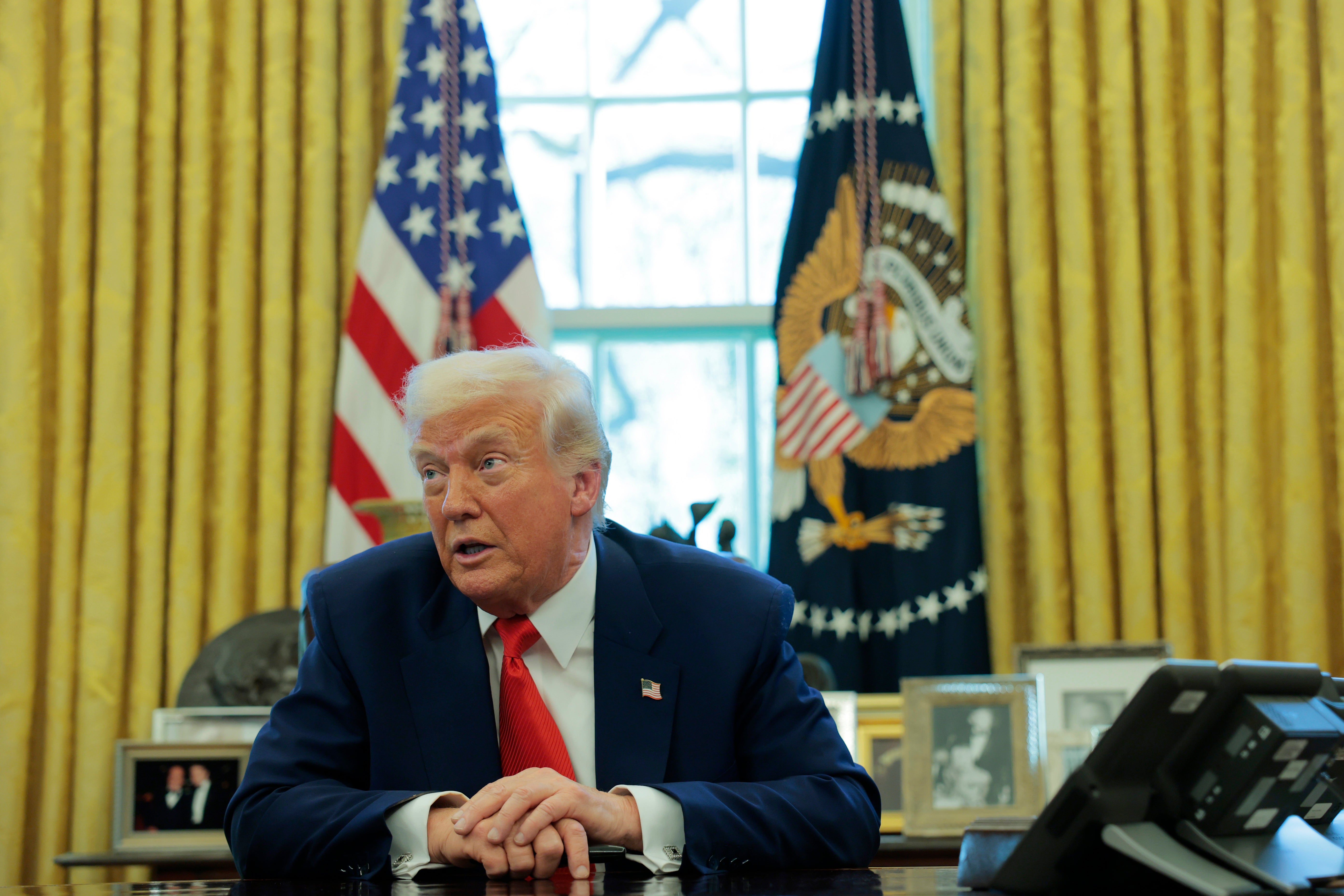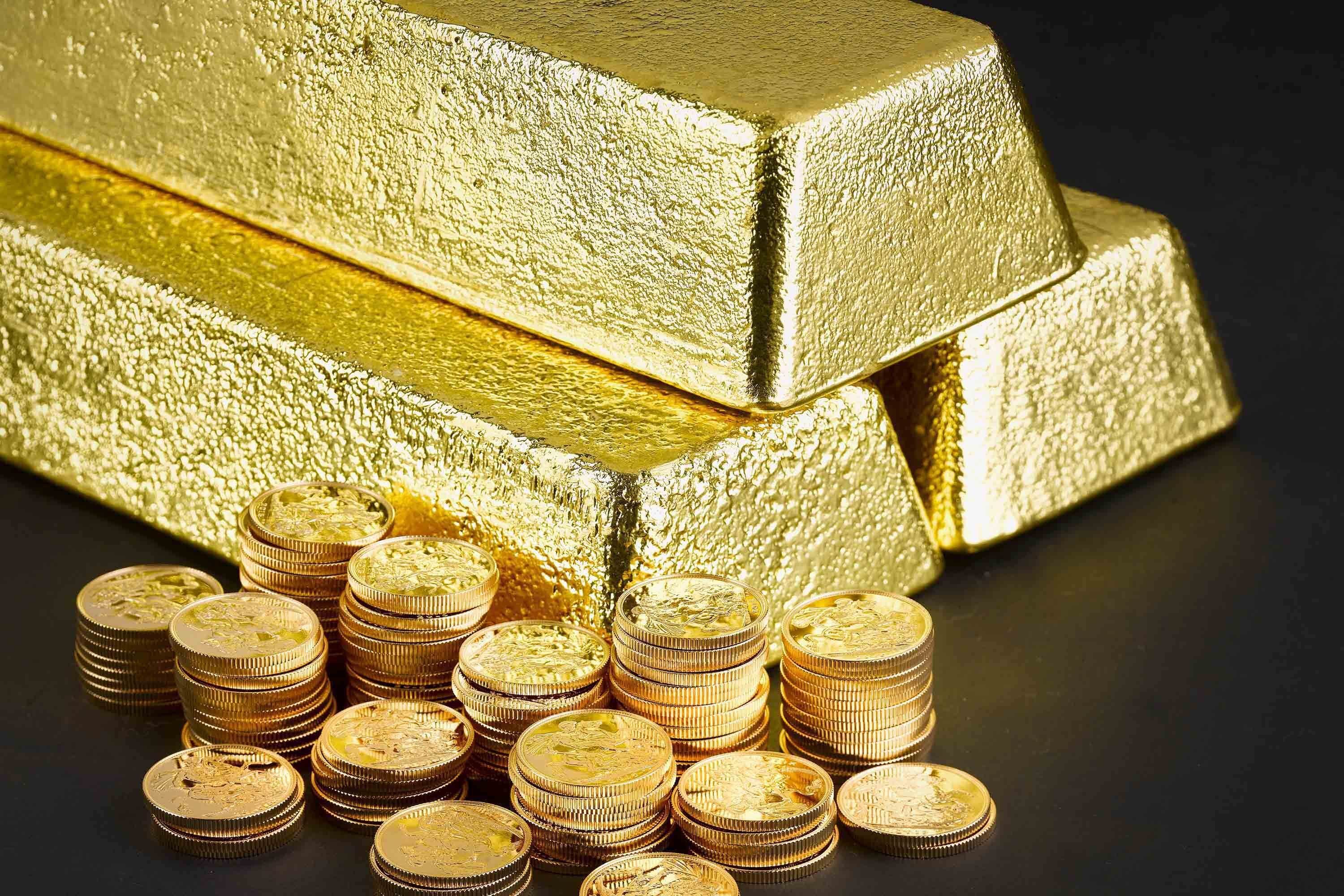The price of gold, seen as a safe asset during times of crisis, hit a record high on Friday.
The ‘safe haven’ demand has been fuelled by investors grappling with worries over the escalating trade war between the United States and China, which intensified after both economies imposed tit-for-tat tariffs.
On Friday, China increased its tariffs on U.S. imports to 125 per cent as bullion prices touched a record high of $3,227.07 per ounce to mark a gain of over 22 per cent this year.

For those wondering how investors buy gold, why and what impacts the market, here’s what we know:
The spot market
Large buyers and institutional investors usually buy gold from big banks. Prices in the spot market are determined by real-time supply and demand dynamics.
London is the most influential hub for the spot gold market, largely because of the London Bullion Market Association. The association sets standards for gold trading and provides a framework for the over-the-counter market, facilitating trades among banks, dealers, and institutions.
China, India, the Middle East and the United States are other major gold trading centres.
The futures market
Investors can also get exposure to gold via futures exchanges, where people buy or sell a particular commodity at a fixed price on a particular date in future.
COMEX (Commodity Exchange Inc), part of the New York Mercantile Exchange, is the largest gold futures market in terms of trading volumes.
The Shanghai Futures Exchange, China’s leading commodities exchange, also offers gold futures contracts.
The Tokyo Commodity exchange, popularly known as TOCOM, is another big player in the Asian gold market.
Exchange-traded products
Exchange-traded products or exchange-traded funds issue securities backed by physical metal and allow people to gain exposure to gold prices without taking delivery of the metal itself.
Get a free fractional share worth up to £100.
Capital at risk.
Terms and conditions apply.
Go to website
Get a free fractional share worth up to £100.
Capital at risk.
Terms and conditions apply.
Go to website
Exchange-traded funds have become a major category of investment demand for the precious metal.
Physically backed gold exchange-traded funds registered a modest net inflow of $3.4 billion in 2024, their first in four years, even though their holdings fell by 6.8 metric tons, the World Gold Council said.
Bars and coins
Retail consumers can buy gold from metals traders selling bars and coins in a shop or online.
Gold bars and coins are both effective means of investing in physical gold.

Gold prices are determined by a range of factors, including market sentiment, exchange rates and central bank gold reserves.
Here are some of the drivers to consider:
Investor interest and market sentiment
Rising interest from investment funds in recent years has been a major factor behind bullion’s price moves.
Sentiment driven by market trends, news, and global events can fuel speculative buying or selling of gold.
Foreign exchange rates
Gold is a popular hedge against currency market volatility.
It has traditionally moved in the opposite direction to the U.S. dollar since weakness in the U.S. currency makes dollar-priced gold cheaper for holders of other currencies and vice versa.
Monetary policy and political tensions
The precious metal is widely considered a “safe haven” during times of uncertainty.
Trump’s threats of trade tariffs and his imposition of additional duties on Chinese goods have fuelled fears of a global trade war, rattling currency markets and sparking fears of a spike in U.S. inflation.
The global trade war that has roiled financial markets and raised recession fears is escalating, with Trump hiking tariffs on Chinese imports to an effective rate of 145 per cent, while China raised tariffs on U.S. goods from 84 per cent to 125 per cent.
The policy decisions of global central banks also influence gold’s trajectory. Lower interest rates reduce the opportunity cost of holding gold since it pays no interest.
Central bank gold reserves
Central banks hold gold in their reserves. Central bank demand has been robust in recent years because of macroeconomic and political uncertainty.
More central banks plan to add to their gold reserves within a year, despite high prices for the metal, the World Gold Council said in its annual survey in June.
Global gold demand, including over-the-counter trading, rose by one per cent to a record high in 2024, the World Gold Council said, adding that central banks sped up buying in the fourth quarter.